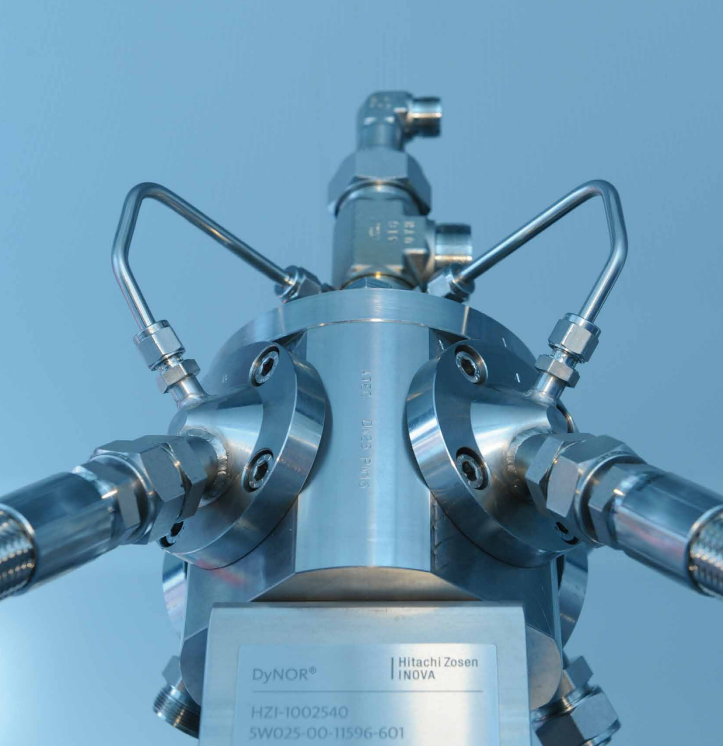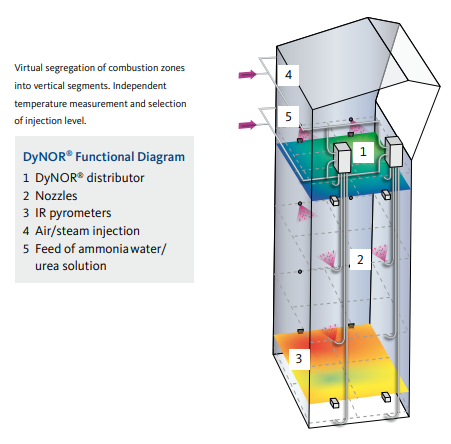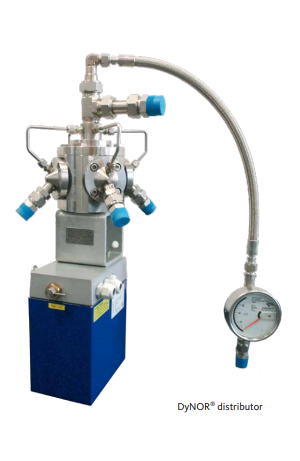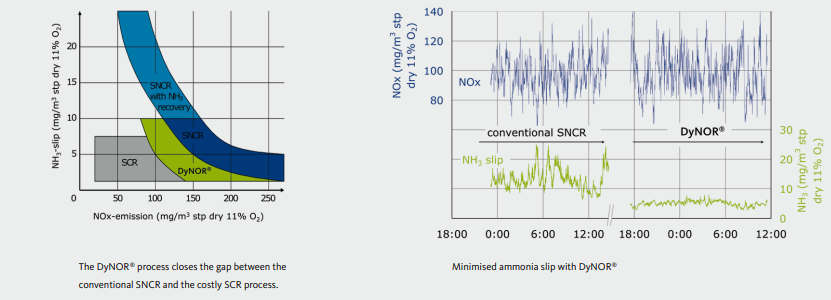DyNOR®
DyNOR®
The SNCR Process That Fulfils Europe’s Strict Nitrogen Oxide Standards

DyNOR® is the answer to Europe’s tightened nitrogen oxide limits. Simple in design and easy to install, the non-catalytic DyNOR® process closes the gap between the costly SCR process and the conventional SNCR process. It is an investment that pays off.
The DyNOR® process offers decisive advantages.
Harmful nitrogen oxides (NOx) are produced in every combustion process; however, they can be converted into their basic elements – nitrogen and water – through a so-called deNOx process. Developed by Kanadevia Inova engineers, DyNOR® (dynamic NOx reduction) is an improved SNCR process that succeeds in doing what previously was only possible with a SCR process: It reduces nitrogen oxides to very low levels with minimised ammonia slip. With DyNOR®, operators can leverage a moderate investment to benefit from the monetary incentives offered by various European countries.
Your Benefits
Low nitrogen oxide levels with minimal ammonia slip
Successful deployment in several Waste to Energy plants has confirmed the functionality of DyNOR® in full-scale, long-term trials.
Cost reduction
The precise and dynamic DyNOR® process delivers the desired performance with significantly lower investment costs and energy consumption than the SCR process.
Energy efficiency
Minimal atomising media consumption and the elimination of additional dilution water guarantee the highest possible steam production and make DyNOR® the leading SNCR process with respect to energy efficiency.
Minimised maintenance
The use of undiluted reagents allows high nozzle exit velocities and thus prevents fouling at the nozzles.
Simple design
The proven Kanadevia Inova nozzles and the simple design of the DyNOR® distributor account for the system’s dependability, cost-effectiveness, and low maintenance requirements.
Simple installation
The simple modular design makes the process ideal for integration in new plants as well as for retrofits in existing ones.

Efficiency Thanks to Precisely Interacting Systems
In the SNCR process, the reactant must be injected into the secondary combustion chamber within the optimised temperature range of 850°C to 950°C. Although modern combustion systems react to different waste qualities, it is not possible to totally prevent short-term temperature fluctuations and asymmetries. The key advantage of DyNOR® is that reagents are always injected at the precise right location.
Modular Technology
With DyNOR®, the first pass of the boiler is virtually divided into vertical segments. Each segment is equipped with a DyNOR® module, which consists of a DyNOR® distributor, four injection points (one per level), and an infrared pyrometer. As a rule, four modules are sufficient for medium-sized plants rated at about 40 MW/th.
Precise Functionality
An accurately metered amount of reagent, based on NOx emission measurements, is injected via the DyNOR® distributors. The distributors are independently controlled in response to temperature measurements in the respective segments. They ensure the split-second, continuous, spike-free switching across four levels in each segment and the sufficient cooling of the idle nozzles. In this way, the reagent is injected at the right location even in the event of temperature asymmetries.
The Answer to Europe’s Tightened Nitrogen Oxide Limits
Due to the independent segments and continuous level selection, the full potential of the SNCR process is tapped and very low nitrogen oxide limits are attained with minimal ammonia slip. The patented DyNOR® process thus fulfils the world’s strictest nitrogen oxide standards in a reliable and cost-effective manner. Thanks to the simple installation concept, the process is ideal for both retrofits and for integration in new plants.

